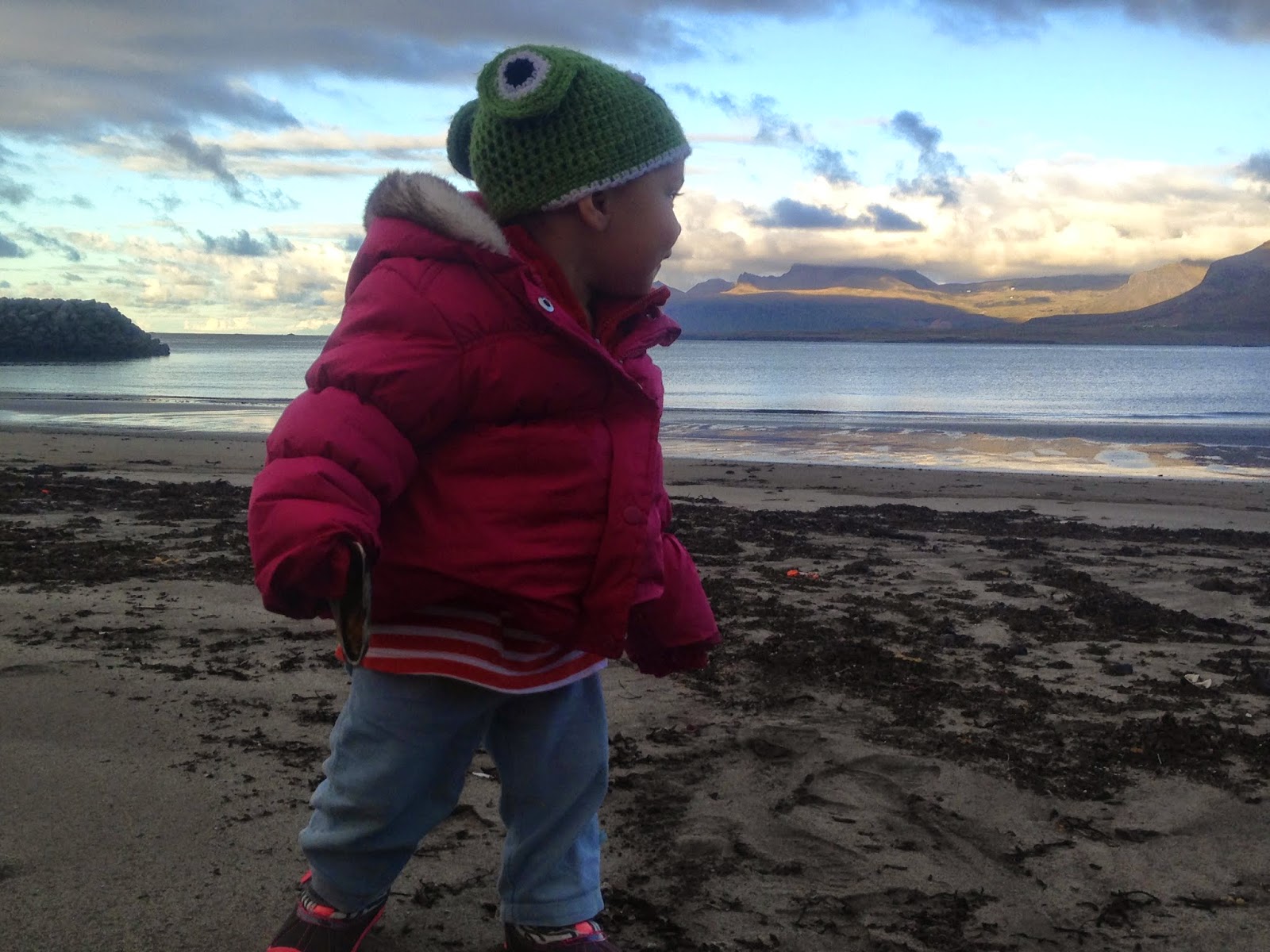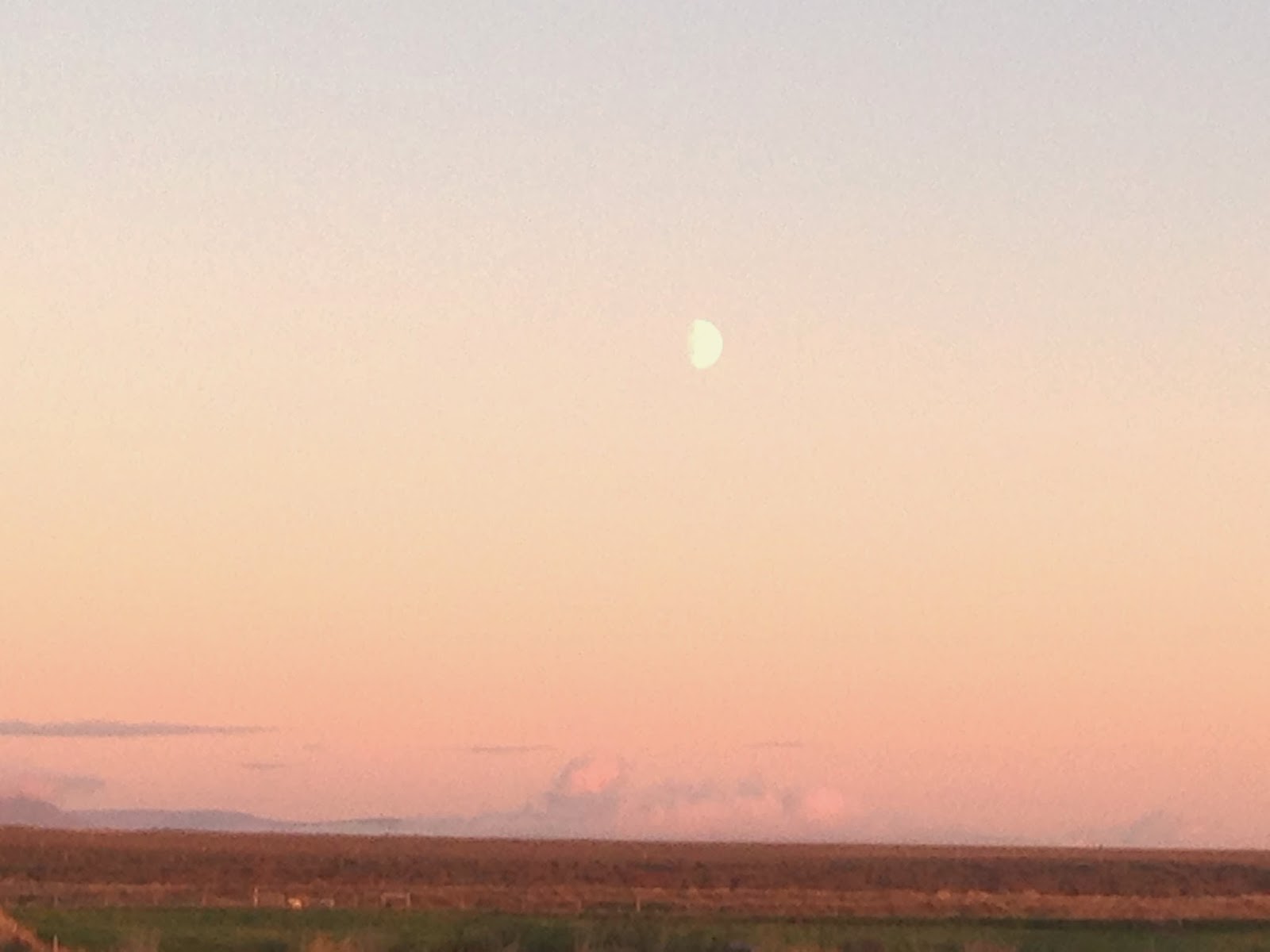Our last day in Iceland was like any other day here: overcast and cold, but fun. After packing we headed out to say goodbye to the city (and to Mr. Stuffed Polar Bear).
We could not leave the city without walking on Skolavordustigur Street. It starts just off of the main street, Laugavegur - where we were staying - and ends at Reykjavik's most famous church.
The street is just a few blocks long, but it's filled with nice cafes, art shops and specialty stores.
I really liked it because of its nice artsy vibe and it's low profile - most of the tourists end up hanging out on Laugavegur.
And finally we visited the Hallgrímskirkja (the church of Hallgrim). This church is Reykjavik's post card and the sixth tallest architectural structure in Iceland. It's 73 meters tall.
Hallgrímskirkja is a Lutheran Church.
From Wikipedia: The Evangelical Lutheran Church of Iceland, also called the National Church, is the officially established Christian church in Iceland. The church professes the Lutheran faith and is a member of the Porvoo Communion.
The church is organised into one diocese headed by the Bishop of Iceland. The current Bishop of Iceland is Agnes M. Sigurðardóttir, the first woman to hold this position.
From Wikipedia: State Architect Guðjón Samúelsson's design of the church was commissioned in 1937. He is said to have designed it to resemble the basalt lava flows of Iceland's landscape. It took 38 years to build the church. Construction work began in 1945 and ended in 1986, the landmark tower being completed long before the church's actual completion. The cryptbeneath the choir was consecrated in 1948, the steeple and wings were completed in 1974, and the nave was consecrated in 1986. Situated in the centre of Reykjavík, it is one of the city's best-known landmarks and is visible throughout the city. It is similar in style to the expressionist architecture of Grundtvig's Church of Copenhagen, Denmark, completed in 1940.
I like the simplicity of its interior. I am used to seeing Catholic Churches in Europe covered with gold, images and paintings. This one is very modest but yet beautiful.
In the back of the church you can see a humongous pipe organ.
It is 15 meters high and weights 25 tons.
Right across from the church is the Café Loki, a famous restaurant in Reykjavik. It has great reviews and is well-known for Icelandic delicacies like sheep-head jelly, dried fish and smoked meat.
This was my choice and my review:
Rye bread: good, light bread. Very thin, but tasteful.
Smoked lamb (on the right of the picture): I liked it, but the smoked taste is a bit overwhelming, so you can't really taste the lamb, normally one of my favourite meats.
Dried fish (in the middle): it's very hard and difficult to chew, but once it's in your month for about 30 seconds, it gets really moist and delicious. You are supposed to eat it with butter. It's a great snack. I would buy it and just carry it in my purse.
Smoked trout (on the left top of the plate): it was good, but I still prefer smoked salmon. It was a nice combination though, with the rye bread and the sauce (some kind of cheese based sauce) on the top.
Fermented shark (the small cubes with the Icelandic flag): no, no and no! I really didn't like it! It has a very strong smell and taste. It tastes like an extremely strong cheese that penetrates into your nasal cavity and travels all the way to your brain. Not for me.
Mashed fish (the yellow one on the bottom left of the picture): I loved it. That's was by far my favourite. It's a mix of mashed potatoes with shredded fish. Very flavourful and leaves you with a "I want more" taste.
Mike's choice: Icelandic pancakes filled with jam and whipped cream.
Like I mentioned before, fermented shark is NOT for me. And I guess I am not the only one:
From Wikipedia: Rotten shark is chosen instead of fresh shark meat because the meat of the Greenland shark is poisonous when fresh, due to a high content of urea and trimethylamine oxide, but may be consumed after being processed. Allowing the shark to fully decay and cure removes retained uric acid from the flesh, making it edible. It has a particular ammonia smell, similar to many cleaning products. It is often served in cubes on toothpicks. Those new to it will usually gag involuntarily on the first attempt to eat it because of the high ammonia content. First-timers are sometimes advised to pinch their nose while taking the first bite, as the smell is much stronger than the taste. It is often eaten with a shot of the local spirit, a type of akvavit called brennivín. Eating hákarl is often associated with hardiness and strength.
My "trying-to-be-Icelandic-little-girl" enjoying some dried fish, holding the Iceland flag and wearing an Icelandic thermal hat, very popular among kids here.
That's it. Our vacation is officially over. At 5pm we boarded our flight back home.
Iceland: we will miss you!
Leaving Reykjavik.
Flying over a big glacier in Greenland.
More flying over Greenland: spectacular view.
Now flying over the Labrador Sea. It's amazing how close Canada is to Greenland and the rest of Europe.
The Secret Life of Walter Mitty was a fun choice of film on the plane coming back from Iceland. It's a fun and adventurous movie with beautiful scenery from Greenland, Iceland and Afghanistan.
Life's Magazine motto: "To see the world, things dangerous to come to, to see behind walls, draw closer, to find each other, and to feel. That is the purpose of life."
Life's Magazine motto: "To see the world, things dangerous to come to, to see behind walls, draw closer, to find each other, and to feel. That is the purpose of life."
Extended trailer: https://www.youtube.com/watch?v=Bp_cxxqOaPM
The moon welcomed us back to Canada.
We are home.



































































